
Style Commercial Furniture Foldable Audience Theater Seats Conference Room Stadium Auditorium Chairs


Church Chair Used Metal Frames Auditorium Chairs Cheap Interlocking Iron Church Chair For Sale Abreast Wholesalers Theater Chairs

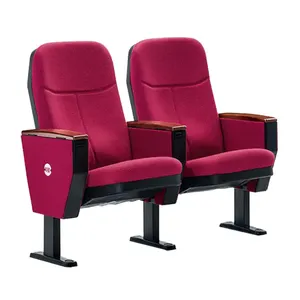





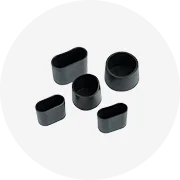
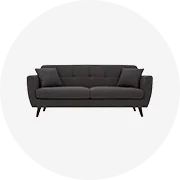
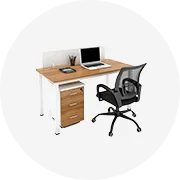

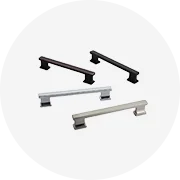
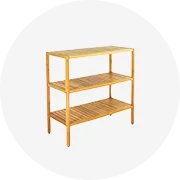

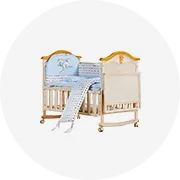
Conference hall seats are a fundamental aspect of any professional meeting space. These seats are designed to accommodate attendees in events such as seminars, corporate gatherings, and educational sessions. The comfort and functionality of these seats can significantly impact the experience of each participant, making the choice of seating a crucial decision for venue managers and event organizers.
Diverse in style and functionality, conference hall seats cater to various preferences and room configurations. Options range from traditional fixed seating to modern, ergonomic designs with features like foldable writing tablets and integrated power outlets for electronic devices. The materials used in these seats vary, with options including durable fabrics, vinyl, and leather-like materials, each offering different levels of comfort and maintenance requirements.
When selecting conference seating, the material is a key consideration. Seats upholstered in premium fabrics offer a balance of durability and aesthetics, while those covered in stain-resistant and impermeable materials provide practical benefits for maintenance. The choice between natural and synthetic upholstery affects not only the tactile experience but also the longevity and ease of care for the seating.
Designing a conference space requires careful planning to ensure optimal visibility and comfort. For larger venues, tiered seating arrangements can enhance sightlines, while in smaller rooms, stackable or connectable chairs offer versatility. The layout should also consider the ease of movement for attendees, with sufficient spacing between rows and accessibility features where necessary.
Ergonomics play a pivotal role in the selection of conference room seating. Chairs with adequate lumbar support, adjustable armrests, and cushioning can reduce discomfort during prolonged sessions. Reclining options and seats with variable height settings accommodate diverse body types, ensuring that all attendees can focus on the event rather than adjusting their seating.
Choosing the right conference hall seats is essential for any event-driven space. The variety of styles, materials, and features available allows for customization to meet specific needs and preferences. By considering factors such as material, maintenance, design, comfort, and ergonomics, one can select seating that enhances the functionality and aesthetic of a conference hall.